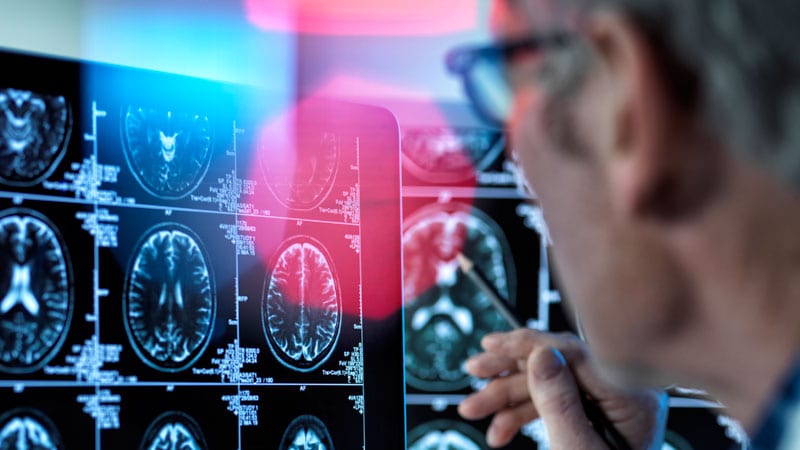Understanding Brain Activation in BD and BPD Treatment Response
Core Concepts
Identifying brain regions in BD and BPD treatment response.
Abstract
The study delves into the specific brain regions involved in treatment response for bipolar disorder (BD) and borderline personality disorder (BPD). It highlights the changes in brain activation following psychotherapy and pharmacotherapy for both conditions, emphasizing the importance of targeted treatment. The blurred boundary between BD and BPD underscores the necessity of studying the relationship between these disorders to prevent misdiagnosis and ensure effective therapy. By utilizing activation likelihood estimation (ALE) and analyzing various studies, the researchers identified key brain regions affected by different treatments, offering insights into the neural mechanisms of BD and BPD treatment.
Predicting BPD vs Bipolar Treatment Response: New Imaging Data
Stats
"Of 1592 records, 34 studies (n = 912 subjects) met inclusion criteria."
"The researchers extracted a total of 186 activity increase points and 90 activity decrease points."
"After combining these calculations, they found 12 increased activation clusters and 2 decreased activation clusters."
Quotes
"This study can help clinicians with clinical prediction of treatment efficacy between BD and BPD and clarify the neural mechanism of treatment for these two diseases." - Xiaoming Li
"The blurred boundary between BD and BPD is one of the reasons it is important to study the relationship between these two diseases." - Authors
Key Insights Distilled From
by Batya Swift ... at www.medscape.com 04-18-2023
https://www.medscape.com/viewarticle/990916
Deeper Inquiries
How can the findings of this study impact the development of personalized treatment approaches for BD and BPD?
The findings of this study can significantly impact the development of personalized treatment approaches for Bipolar Disorder (BD) and Borderline Personality Disorder (BPD) by providing insights into the specific brain regions involved in treatment response for each disorder. By identifying the brain regions that show abnormal activation and improvement after treatment, clinicians can tailor treatment strategies to target these areas more effectively. This personalized approach can lead to better outcomes for patients with BD and BPD, as treatments can be customized based on individual neurobiological profiles.
What challenges might arise in implementing a combined pharmacotherapy and psychotherapy approach for patients with comorbid BD and BPD?
Implementing a combined pharmacotherapy and psychotherapy approach for patients with comorbid BD and BPD may present several challenges. One challenge is the complexity of managing two distinct disorders simultaneously, each requiring different treatment modalities. Coordinating pharmacological interventions with psychotherapy sessions can be logistically challenging and may require close collaboration between healthcare providers. Additionally, ensuring treatment adherence and continuity of care for patients with comorbid BD and BPD can be difficult, as these individuals may have unique needs and responses to treatment that need to be carefully monitored and adjusted.
How can the identification of neuroimaging biomarkers in BD and BPD treatment contribute to advancements in mental health care?
The identification of neuroimaging biomarkers in Bipolar Disorder (BD) and Borderline Personality Disorder (BPD) treatment can contribute to advancements in mental health care by providing objective measures to assess treatment response and predict outcomes. By pinpointing specific brain regions associated with treatment response, clinicians can monitor changes in neural activity over time and adjust treatment strategies accordingly. Neuroimaging biomarkers can also help in early detection of treatment resistance or relapse, allowing for timely interventions to prevent worsening of symptoms. Overall, the use of neuroimaging biomarkers in BD and BPD treatment can enhance treatment efficacy, improve patient outcomes, and pave the way for more personalized and targeted interventions in mental health care.
0
